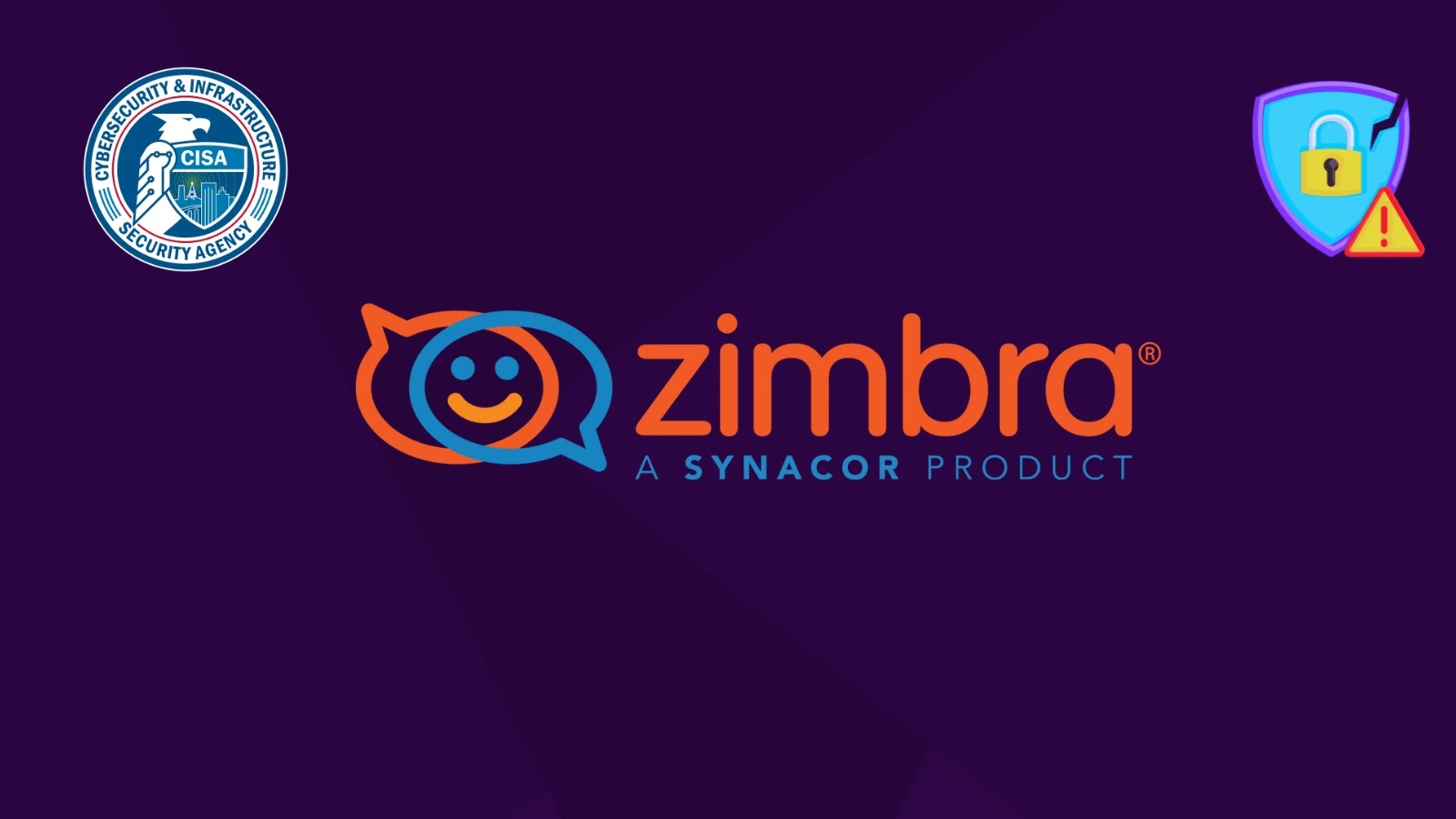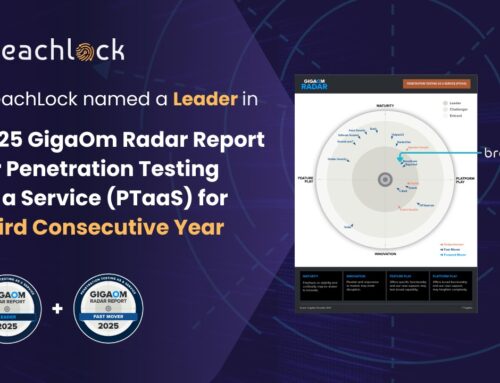
CISA Warns of Zimbra Collaboration Suite (ZCS) XSS Zero-Day Vulnerability Actively Exploited in Attacks
The cybersecurity landscape has once again been shaken, this time by a critical warning from the Cybersecurity and Infrastructure Security Agency (CISA). Organizations relying on Synacor’s popular email and collaboration platform, Zimbra Collaboration Suite (ZCS), need to immediately take notice: a zero-day cross-site scripting (XSS) vulnerability, officially designated as CVE-2025-27915, is being actively exploited in the wild. This isn’t a theoretical threat; it’s a present danger with tangible consequences for data integrity and operational security.
Understanding the Zimbra Collaboration Suite XSS Zero-Day (CVE-2025-27915)
This critical flaw, CVE-2025-27915, specifically targets the Classic UI of the Zimbra Collaboration Suite. An XSS vulnerability allows attackers to inject malicious scripts into trusted web pages, which are then executed by unsuspecting users’ browsers. In the context of an email and collaboration platform like ZCS, this can lead to a cascade of security compromises:
- Session Hijacking: Attackers can steal session cookies, gaining unauthorized access to a victim’s account without needing their password.
- Data Theft: Sensitive information accessible within the ZCS environment, such as emails, contacts, or documents, can be extracted.
- Malicious Redirects: Users can be unknowingly redirected to phishing sites or other malicious web pages.
- Credential Harvesting: Crafted attacks can trick users into entering their credentials into fake login forms.
- Further Attack Chaining: The XSS vulnerability can be a stepping stone for more sophisticated attacks, including the deployment of malware or lateral movement within an organization’s network.
The “zero-day” designation is particularly concerning because it signifies that the vulnerability was exploited before a patch was publicly available, meaning traditional security measures might not have been sufficient to detect or prevent initial attacks.
Impact and Risks for ZCS Users
Organizations worldwide utilize Zimbra Collaboration Suite for its robust email, calendar, and collaboration features. The active exploitation of CVE-2025-27915 presents significant risks:
- Compromise of Sensitive Communications: Email is a primary vector for business communication, and an XSS attack can expose confidential discussions, client data, and proprietary information.
- Reputational Damage: A successful breach can erode trust among customers, partners, and employees, leading to long-term reputational harm.
- Compliance Violations: Data breaches resulting from this vulnerability could lead to severe regulatory penalties under frameworks like GDPR, HIPAA, or CCPA.
- Operational Disruptions: Remediation efforts and incident response can divert critical resources, causing significant operational downtime and financial losses.
CISA’s warning underscores the urgency for all ZCS administrators and security teams to prioritize this vulnerability.
Remediation Actions
Immediate action is crucial to mitigate the risks posed by CVE-2025-27915. Follow these steps to secure your Zimbra Collaboration Suite deployment:
- Apply Patches Immediately: Monitor official Zimbra channels for the release of security patches addressing this specific vulnerability. Apply them as soon as they become available. Ensure your update process includes thorough testing.
- Enable Content Security Policy (CSP): Implement a robust Content Security Policy in your ZCS deployment. CSP can effectively block many XSS attacks by restricting the sources from which content can be loaded and executed.
- Disable Classic UI (If Possible): If your organization primarily uses the Modern UI and does not critically rely on the Classic UI where the vulnerability resides, consider disabling or restricting access to the Classic UI until a permanent fix is in place.
- Educate Users on Phishing and Malicious Links: Reinforce security awareness training with a focus on identifying suspicious emails, links, and attachments. Even with technical controls, user vigilance remains a vital defense layer.
- Monitor for Suspicious Activity: Increase logging and actively monitor ZCS logs for any unusual behavior, such as unauthorized logins, unusual email patterns, or unexpected script executions.
- Review and Update Web Application Firewall (WAF) Rules: Ensure your WAF rules are up-to-date and configured to detect and block common XSS attack patterns. While not a silver bullet against zero-days, a well-configured WAF can provide an additional layer of defense.
Tools for Detection and Mitigation
While awaiting official patches, specific tools and practices can aid in detection and mitigation:
| Tool Name | Purpose | Link |
|---|---|---|
| OWASP ZAP (Zed Attack Proxy) | Web application vulnerability scanner for identifying XSS and other OWASP Top 10 flaws. | https://www.zaproxy.org/ |
| Burp Suite | Comprehensive web security testing platform for manual and automated vulnerability analysis. | https://portswigger.net/burp |
| Security Information and Event Management (SIEM) Systems | Aggregates and analyzes log data from ZCS and other systems to detect anomalies and potential attacks. | (Varies by vendor, e.g., Splunk, Elastic SIEM) |
| Web Application Firewalls (WAFs) | Protects web applications from common web attacks, including XSS, by filtering and monitoring HTTP traffic. | (Varies by vendor, e.g., Cloudflare, Akamai, Imperva) |
Conclusion
The active exploitation of the Zimbra Collaboration Suite XSS zero-day vulnerability (CVE-2025-27915) is a serious threat that demands immediate attention from all affected organizations. Proactive patch management, coupled with robust security practices and continuous monitoring, is paramount. Stay vigilant, apply updates as they become available, and reinforce your organization’s security posture to safeguard sensitive data and maintain operational integrity.





